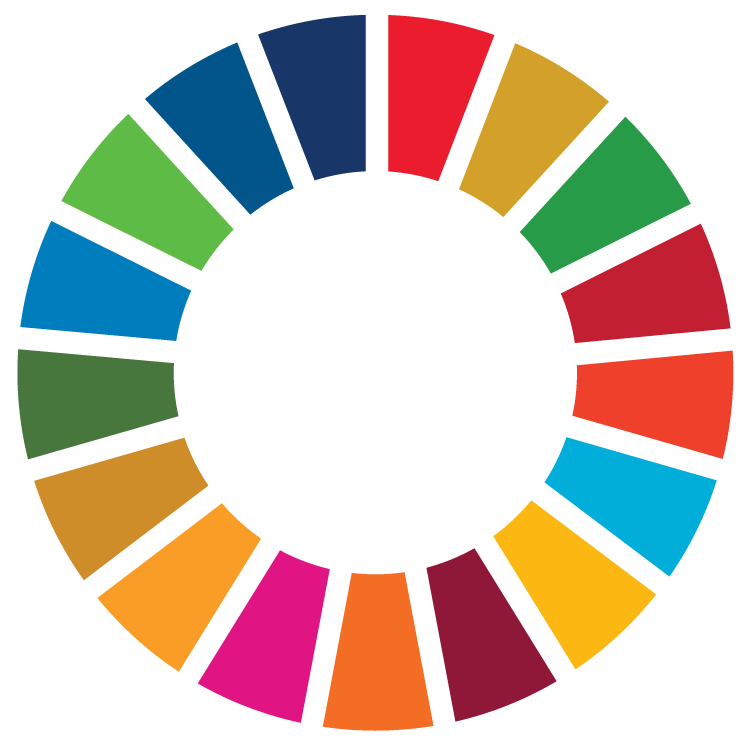Text traduït
Aquesta assignatura s'imparteix en anglès. El pla docent en català és una traducció de l'anglès.
La traducció al català està actualitzada i és equivalent a l'original.
Si ho prefereixes, consulta la traducció!
Texto traducido
Esta asignatura se imparte en inglés. El plan docente en español es una traducción del inglés.
La traducción al español está actualizada y es equivalente al original.
Si lo prefieres, ¡consulta la traducción!
Original text
This subject is taught in English. The course guide was originally written in English.
Course
Primary School Teaching
Subject
Teaching Literature
Type
Compulsory (CO)
Academic year
4
Credits
3.0
Semester
1st
| Group | Language of instruction | Teachers |
|---|---|---|
| G11, classroom instruction, mornings | Catalan | Rosa Maria Güell Devesa |
| G21, classroom instruction, mornings | English | Ángel Custodio Raluy Alonso |
Sustainable Development Goals (SDG)

- 4. Quality education
- 5. Gender equality
- 10. Reduced inequalities
- 16. Peace, justice and strong institutions
Objectives
The subject endeavours to provide an in-depth look at children's literature and its teaching from a historical perspective. Its overall aim is to explore strategies and resources for the promotion of literature at primary school. This module will be taught entirely in English.
Goals
- Become acquainted with the main productions of universal children's literature from a European perspective.
- Be able to analyze the main narrative and philosophical features of traditional tales throughout history.
- Gain insight into resources and strategies to foster the use of children's literature in the EFL classroom.
- Create materials to maximize the role of literature in foreign language learning.
- Enjoy literature as a way to know about the world.
Learning outcomes
- Analyse the most important variants of learning situations in literature. (LO5)
- Plan learning objectives and strategies based on the analysis of specific situations. (LO2)
- Know the structure and objectives of the literature area curriculum and the aspects related to reading at the primary stage. (LO3, LO6)
- Designs and plans learning situations in line with the curricular organisation of the language and literature area. (LO2)
- Know the processes of acquisition of the reading habit of the primary school student. (LO6)
- Analyse the reading process and the student's reading comprehension. (LO3)
- Plan and design activities to stimulate reading suitable for the primary school stage. (LO2)
Competencies
Specific skills
- Design, plan and assess teaching proposals for different areas of the curriculum, consistent with theories of learning and encouraging cooperative work.
- Develop and adapt educational resources for different curricular purposes, using information and communication technology as basic tools for learning.
- Manage learning spaces in contexts of diversity and inclusion, taking into account the needs arising from disorders and learning difficulties, in order to establish appropriate guidelines for intervention in collaboration with other services, professionals and families.
- Promote the development of global communicative competence in multilingual contexts by using different strategies and linguistic and literary resources.
Core skills
- Be a critical thinker before knowledge in all its dimensions. Show intellectual, cultural and scientific curiosity and a commitment to professional rigour and quality.
Content
- Traditional storytelling: historical overview
- Activity: Aesop fables preparation
- Brothers Grimm
- Hans Christian Andersen
- Children's literature in Catalonia
- An approach to Poetry Literary Circle Project
Evaluation
- Task 1: Aesop's fable rewriting: 25%
- Task 2: Brothers' Grimm pedagogical guidelines: 25%
- Task 3: Andersen's adaptation: 15%
- Task 4: Final project: 40%
Methodology
Students will read some articles and will carry out presentations throughout the semester. These activities will help the student to acquire the skills and contents that are related to this module.
Bibliography
Key references
- Aloy, J. M. (2009). Et diran que llegeixis, Bernat : mig segle de literatura per a joves (1960-2010). L'Albí.
- Baró, M., Colomer, T., i Mañà, T. (2007). El Patrimoni de la imaginació: llibres d'ahir per a lectors d'avui. Institut d'Estudis Baleàrics.
- Lluch, G., Valriu, C. (2013). La literatura per a infants i joves en català. Edicions Bromera.
- Valriu, C. (1994). Història de la literatura infantil i juvenil catalana. Pirene Editorial.
Further reading
Teachers will provide complementary bibliography and compulsory reading throughout the course via the Virtual Campus.